Error E4 on Gorenje dishwasher
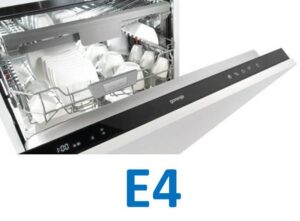 Not every error in dishwashers can be remembered, because users encounter some of them only a few times in their lives. Error E4 in the Gorenje dishwasher fits this definition exactly, because this code indicates a faulty temperature sensor. In this case, the sensor often turns out to be working, so it is completely unclear where exactly to look for the problem. Let's figure out what could be wrong with household appliances.
Not every error in dishwashers can be remembered, because users encounter some of them only a few times in their lives. Error E4 in the Gorenje dishwasher fits this definition exactly, because this code indicates a faulty temperature sensor. In this case, the sensor often turns out to be working, so it is completely unclear where exactly to look for the problem. Let's figure out what could be wrong with household appliances.
Genuine E4 transcript
Error E4 is responsible in the Gorenje “home assistant” for a signal about a damaged temperature sensor. However, the machine itself often displays error code E3 instead of error E4, which completely contradicts the data described in the official user manual. Due to an imperfect self-diagnosis system, the user is often misled, so in fact, when the machine gives an error E4 and sometimes E1 - this means that you need to check the Avkastop system, which could report water in the PMM pan.
It should be taken into account that this could be a false alarm of the sensor, or it could be completely real, which is why you will still have to check the pan. Most often, this happens because a leak has appeared from the joint between the pump and the dishwasher volute.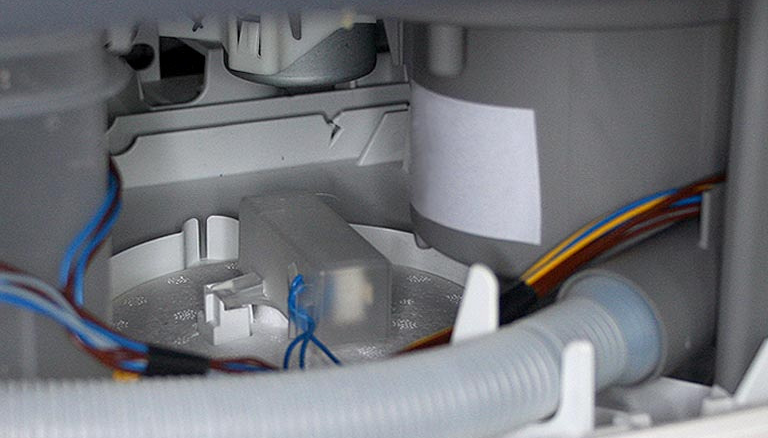
This happens because the pump in most models of Gorenje dishwashers is not fixed to the volute with additional fasteners, but hangs on just one latch, which is why a slight backlash appears. A small rubber gasket is installed between the pump and the volute, which actively moves during the rotation of the impeller, and due to the backlash, it also very quickly loses its properties, beginning to let liquid through.
That’s why a leak appears, water penetrates the pan, activates the Aquastop sensor, the Gorenje dishwasher detects this, stops the working cycle and displays error E4 to the puzzled user. This situation is characterized by a very weak leak, but even this is enough for the protective system to work.
Troubleshooting
Resetting the E4 error and fixing problems with the pump is not very difficult, but to do this you first need to get to the damaged element. What to do to ensure free access to the pump.
- Disconnect equipment from all communications.
- Remove all dish baskets from the washing compartment.
- Take the “home assistant” out of the niche to make it more convenient to work with her.
- Drain all waste fluid from it.
- Turn the technique around.

- Remove all screws and latches securing the tray in its seat.
- First disconnect the chip with the wiring that is attached to the pan and goes to the Avkastop sensor.
- Find the pump in the housing and disconnect all wires from it.
Be sure to take a couple of photos of the wiring so that during reassembly you will have an example of the correct connection at hand.
- Take the pump housing and turn it counterclockwise half a turn to remove the part.
- Carefully examine the rubber gasket - it may look intact, but it is better to check it further.
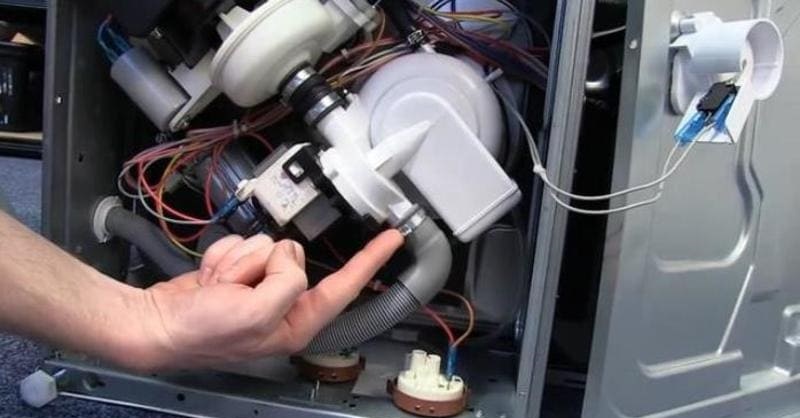
After disassembling the equipment, all that remains is to choose a solution to resolve the problem. You can simply replace the rubber gasket and easily use your Gorenje dishwasher for several years until error E4 occurs again due to a damaged rubber. Or you can do everything described, but additionally secure the pump to eliminate play and deformation of the rubber element. This will allow you to overcome not only the consequence, but also the very reason for the failure of the rubber band.
To do this, you need to buy a new rubber gasket, which at any plumbing store will cost you about $0.5 or even less. Then it needs to be installed in its seat, discarding the old element. Then you need to use a screwdriver and a thin drill to drill holes at least 1.5 millimeters in the eyes of the pump housing and in the corresponding eyes on the volute. Next, you need to install the pump and securely fix it with self-tapping screws installed in the new holes just made with a screwdriver.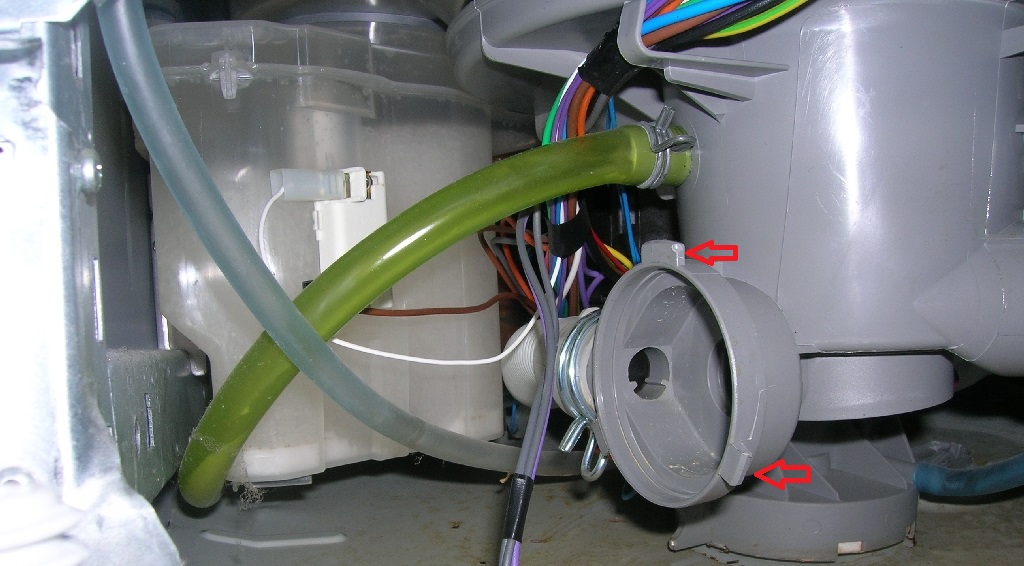
It is noteworthy that manufacturers supply Gorenje dishwashers with pumps and volutes, which already have eyes, but there are no through holes for additional fixation with self-tapping screws. Because of such dubious savings, users are forced to either regularly change the rubber element, or get creative with independently modifying the “home assistant”.
After replacing the gasket and installing the screws, complete the assembly by following our instructions in reverse order. Don’t forget to check your Gorenje dishwasher afterwards by running a test cycle without dishes to make sure that the PMM’s functionality has been restored.
Interesting:
Reader comments
- Share your opinion - leave a comment


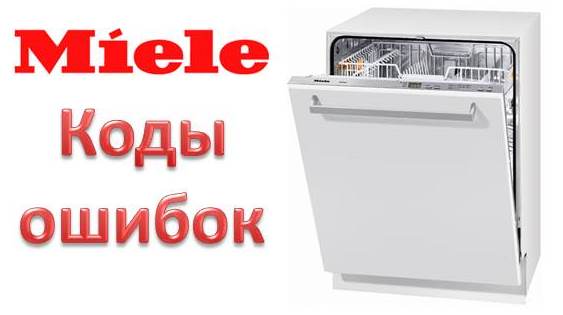



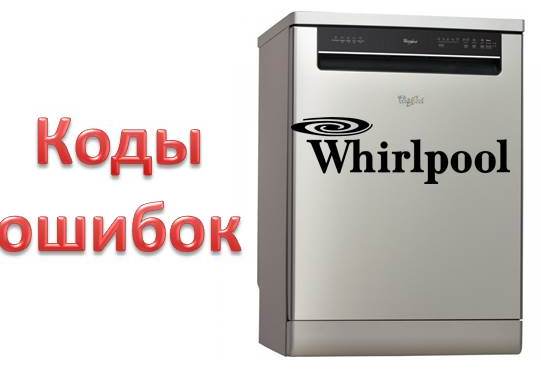














Add a comment